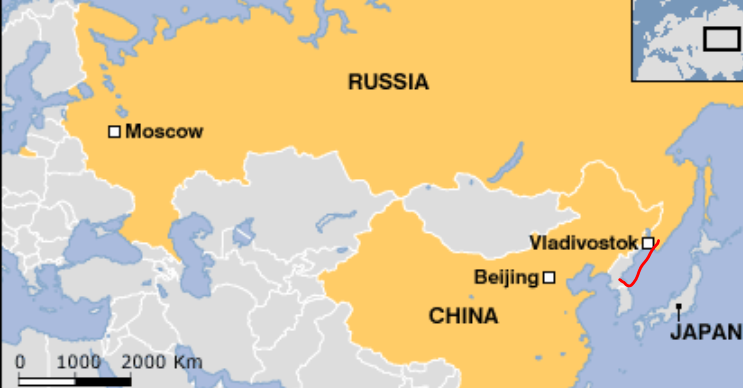Goaltide Daily Current Affairs 2021
Current Affair 1:
Financial Stability and Development Council (FSDC)
You will read full image posted below. Don’t skip any point.

Current Affair 2:
India establishes the largest network of Ramsar Sites in South Asia
Designating 46 wetlands spanning 1.08 million hectares, India has created the largest network of Ramsar Sites in South Asia.
The Ramsar Sites have an international status because of their importance for the conservation of global biological diversity and for sustaining human life.
The Ramsar sites in India are highly diverse.
- The sites range from Himalayan high-altitude wetlands (Tso-Moriri, Tso kar complex and Chandertal),
- lakes and marshes (Wular, Hokera, Renuka, Keoladeo, Kabartal, Nawabganj, Loktak, Deepor, Rudrasagar, Sandi, Saman, Keshopur-Miani, Sultanpur, Nalsarovar, and Sasthamkotta),
- river stretches (Upper Ganga River stretch, Beas Conservation Reserve and Kanjili), crater lake (Lonar),
- salinas (Sambhar),
- mangrove swamps (Sunderbans, Bhitarkanika, and Point Calimere) and
- lagoons and estuaries (Chilika, Ashtamudi and Vembanad-Kol).
- Water storage areas (Pong, Harike, Bhoj, Surinsar-Mansar, Bhindawas, Sur Sarovar, Asan, Wadhvana, and Thol) and
- assemblages of sewage-fed fish farms (East Kolkata Wetlands) have also been included in the list by the Government of India.
- While the smallest Ramsar Site is just 49 ha in area (Chandertal), the largest, the Sunderbans spans 0.42 million ha.
Some important pints regarding Ramsar Sites important for Prelims:
India ratified the Ramsar Convention in 1982 at the behest of the then Prime Minister, Indira Gandhi, who is also credited to have heralded several key environment legislations in the country. Keoladeo National Park and Chilika were the first two sites to be placed on the Ramsar List by the Government of India initially.
Ramsar Sites, also termed as the List of Wetlands of International Importance, are one of the three pillars of the Ramsar Convention (other two being working towards the wise use of wetlands, and cooperating internationally on transboundary wetlands, shared wetlands and shared species).
To bring priority attention to Ramsar Sites undergoing or having undergone adverse change in ecological character, the Ramsar Convention maintains a list, as a part of Ramsar List, in the form of Montreux Record.
India has thus far placed three wetlands on the Record, namely Keoladeo National Park (in 1990), and Chilika and Loktak in 1993. Chilika was removed from the Record in 2001. Keoladeo and Loktak have continued to persist on the List for over three decades now.
Since 1986, the MoEFCC has put in place a national scheme (presently known as the National Plan for Conservation of Aquatic Ecosystems) to assist state governments in preparing and implementing integrated management plans for Ramsar sites and other priority wetlands.
Ramsar sites receive legal protection under Wetlands (Conservation and Management) Rules, 2017.
Current Affair 3:
Appointment of six Additional Judges
The Notification of the Central Government in this regard reads, "In exercise of the power conferred by clause (1) of Article 217 of the Constitution…….


Current Affair 4:
Nipah Virus
It is a zoonotic virus (it is transmitted from animals to humans). It first broke out in Malaysia and Singapore in 1998 and 1999.
It first appeared in domestic pigs and has been found among several species of domestic animals including dogs, cats, goats, horses and sheep.
Spread:
The virus is transmitted to people from animals and can also be passed on through contaminated food or directly from person-to-person.
Fruit bats are considered to be a natural reservoir of the virus.
Symptoms:
Symptoms include acute encephalitis and respiratory illnesses.
Prevention:
Currently, there are no vaccines for both humans and animals. Intensive supportive care is given to humans infected by Nipah virus.
Current Affair 5:
Eastern Economic Forum
EEF was established by the decree of the President of the Russian Federation in the year 2015. It takes place each year in Vladivostok, a city in Russia. Once see map of Vladivostok.

It serves as a platform for the discussion of key issues in the world economy, regional integration, and the development of new industrial and technological sectors, as well as of the global challenges facing Russia and other nations.
The Forum’s business programme includes a number of business dialogues with leading partner countries in the Asia-Pacific region, and with ASEAN, a key integration organization of dynamically developing nations in Southeast Asia.
Over the years, it has emerged as an international platform for discussing the strategy for developing political, economic and cultural ties between Russia and Asia Pacific.
Currently, sixth meeting was held.
<< Previous Next >>


